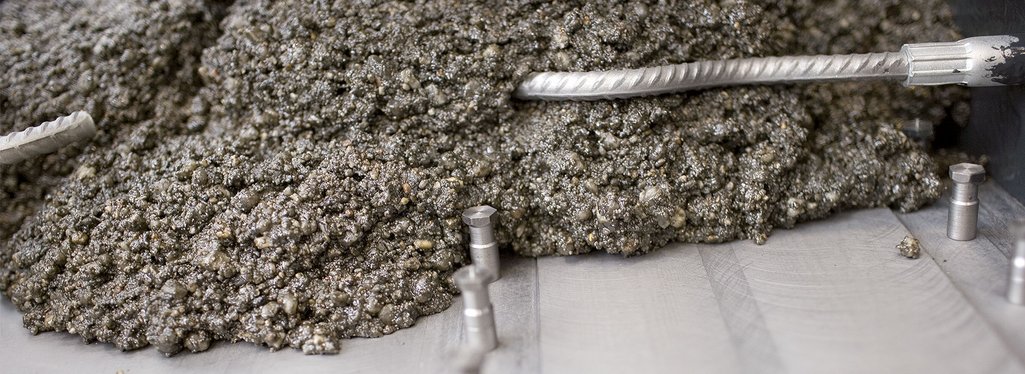
Mineral Casting – A Brief History
Whether as a solid basis for machine bed components or as a vibration-damping machine base – mineral casting is an indispensable part of mechanical engineering.
Thanks to its excellent thermal stability and damping properties, this high-performance material has a high degree of functional integration and accuracy. But when did this high-tech material burst onto the scene and where lie its origins?
Necessity is the mother of invention – an alternative to gray cast iron & co.
Iron and steel casting materials increasingly establish themselves in Europe from the middle of the 19th century as construction materials, above all in mechanical engineering. When the First World War breaks out, mechanical engineers and design engineers face a problem: the war devours tons of metal, which makes it a rare commodity. As a result of this shortage, the search for alternative materials is intensified.
In 1917, the Berlin-based mechanical and industrial engineer Georg Schlesinger proposes replacing cast iron with cement concrete for the construction of machine frames and guide rails. However, this innovative approach is not successful as guide rails made of concrete exhibit a high degree of wear.
Cement concrete is used as a replacement for cast iron materials in machinery during the Second World War. In 1944, for example, the first lathe is manufactured with a cement concrete undercarriage. To this day, similar machine concepts from various engineering companies combine cement-base and gray-cast iron parts with wide hydrodynamic sliding guides into complete machine frames with improved system damping. The cement concrete has no influence on the accuracy of the machines, as it only assumes a supporting function.
An innovation with enormous clout
Since the mid-1970s, cold-curing reactive resins have been facilitating the production of polymer-bound mineral casting for high-precision machine frames. The proof that polymer concrete (mineral casting) is suitable for machine frames is provided in the late 1970s by the companies Studer (Switzerland) and EPUCRET (since 2014 RAMPF Machine Systems, Germany) as well as basic scientific research by the Institute of Production Management, Technology and Machine Tools of TU Darmstadt and the Laboratory for Machine Tools and Production Engineering (WZL) of RWTH Aachen. After intensive research on suitable reactive resins for the production of mineral casting, epoxy resins finally prevail.
Since the 1990s, a potent mineral casting industry has developed across the globe for machine tool construction and other applications in the semi-conductor, laser, medical, and packaging industries, amongst others. Germany is the leader here, in both quantitative and qualitative terms.
HOWEVER, MINERAL CASTING IS ALSO OUTSIDE OF CLASSICAL INDUSTRY APPLICATIONS. WHICH ARE THESE? WE WILL ANSWER THIS QUESTION IN OUR NEXT BLOG POST!
